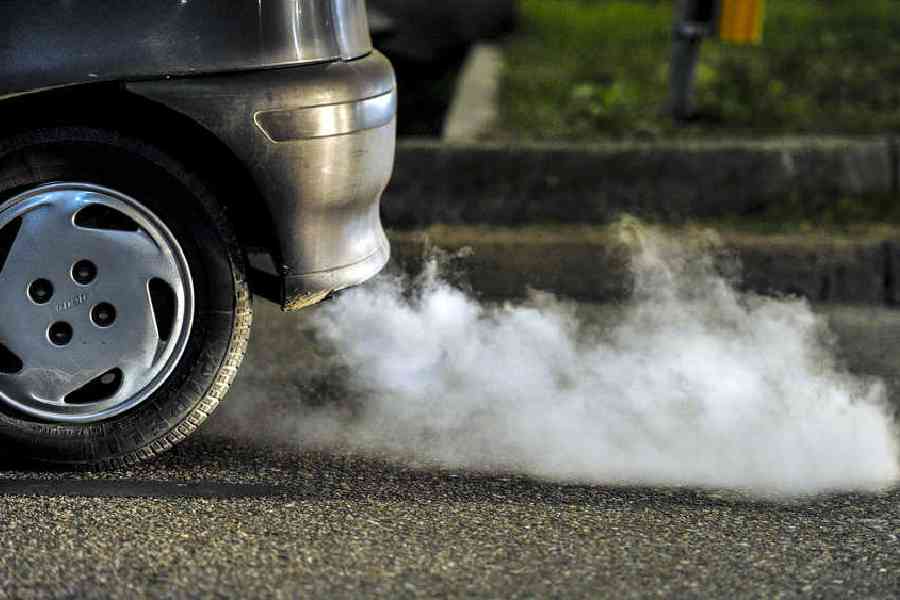The Bihar environment, forest and climate change department officials have decided to forgo the use of fossil fuel–driven vehicles for a day every week.
They are also hoping that other sister departments will catch up with the idea.
“All officers of our department have agreed not to use fossil fuel-driven vehicles one day every week.
“They will instead use e-rickshaws, electric vehicles or bicycles. The decision has been taken with a consensus,” environment, forest and climate change department secretary Bandana Preyashi said.
Preyashi added that the department was planning to extend the decision to its field officials across the state.
“We are also hoping that other departments will also catch up. We must do whatever we can and ensure that the climate does not become unsustainable for the coming generations,” Preyashi said while addressing a daylong ‘capacity building-cum-training workshop for outreach on climate change’ organised by the Bihar State Pollution Control Board (BSPCB), the World Resources Institute, Gaon Connection, and UN environmental programme.
Speaking on the occasion, BSPCB chairman D.K.Shukla said that various polluting gases were being monitored but not carbon dioxide or CO2, because it was assumed that once carbon goes out in the environment it keeps adding to its earlier presence.
Shukla pointed out that the concentration of carbon dioxide in the atmosphere was rising continuously. It used to be 280 ppm (parts per million) prior to the industrial revolution in the 18th century. It was 370 in 2003, 410 in 2019 and 421 at present.










